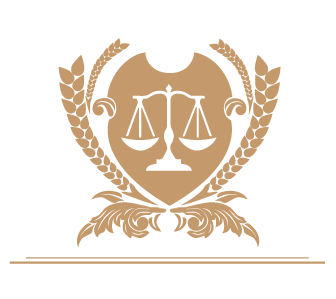What are the different types of personal injury cases? The practice group is broad such as: motor vehicle accidents with cars, motorcycles, and trucks; boating accidents, bike accidents, dog bites, slip and falls, wrongful death, medical malpractice, workplace accidents, product liability, premises liability, nursing home abuse, and more.
Indeed, much of the civil litigation cases in America are personal injury cases due to negligence or reckless behavior. According to the CDC (Centers for Disease Control and Prevention), for data on the leading causes of death for the number of deaths in the United States, Accidents (unintentional injuries) accounted for a whopping 200,955. That’s just below heart disease, cancer, and COVID. But it’s above stroke, chronic lower respiratory diseases, Alzheimer’s disease, Diabetes, and others.
But it’s been reported that just 5% of all personal injury cases in the United States lead to an actual trial. In other words, the very large majority get settled prior to trial, as known as a pre-trial settlement, such as through arbitration or mediation.
What are the potential damages in personal injury cases? Personal injury cases comprise of both economic and non-economic damages. The amount and severity of damages can impact the potential claim. Insurance at times covers a significant portion of the claims, but they can have limits to their coverage. In both cases, you can be rightfully due compensation as a result.
For the economic damages, they can be more physically visible and tangible, and thus easier to document in some cases. They include the following:
Property damages. In certain instances, like car accidents, your physical property may be partially or fully damaged. Or, for instance, if a contractor fails to properly construct the renovations to your home and your roof collapses on your leg, your roof may need to be replaced.
Loss of wages (not to mention, loss of future earning potential or loss of future income). When injured, you simply may not have the time or ability to work for a time period or at least the same time period as prior. And even if you can still work, your ability to perform the same job as prior, such as a construction worker, may not be possible because you’re now physically disabled and the role entails lots of manual labor.
Medical bills. From medical visits, medication, physical therapy, overstays, minor and serious medical procedures and even surgery and more, there are countless healthcare expenses.
Emotional distress. Then there’s the untold and less tangible emotional distress that can and often takes place in a personal injury incident. Symptoms of emotional stress are many, such as: anxiety, stress, depression, damage to one’s reputation; unable to enjoy the same activities as prior; feelings of guilt or shame and even humiliation from the incident and perhaps not being the same person again. There’s also paranoid fearful feelings from the accident occurring again, constant nightmares, flashbacks, and sleepless nights are a result. The emotional pain and suffering may be for a long period of time, even forever in some cases.
It might be deemed harder or more complicated in some cases to prove emotional distress, but it’s important to document as much possible evidence related to the emotional suffering. For instance, you might consult a psychologist, you might now be prescribed antidepressants. You might get testimony from friends, family, and co-workers to illustrate your pain as further evidence. Bottom-line, there are a lot of potential damages that can occur in a personal injury.
Injured in Florida? You might be entitled to significant compensation. Contact the award-winning Law Offices of Lauren Grondski, P.A. for a consultation at (305) 914-5688.


